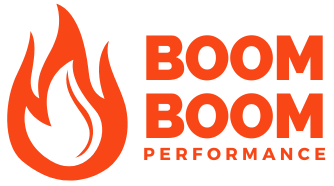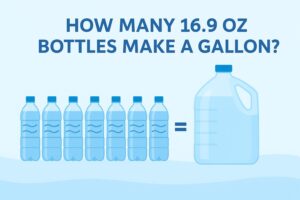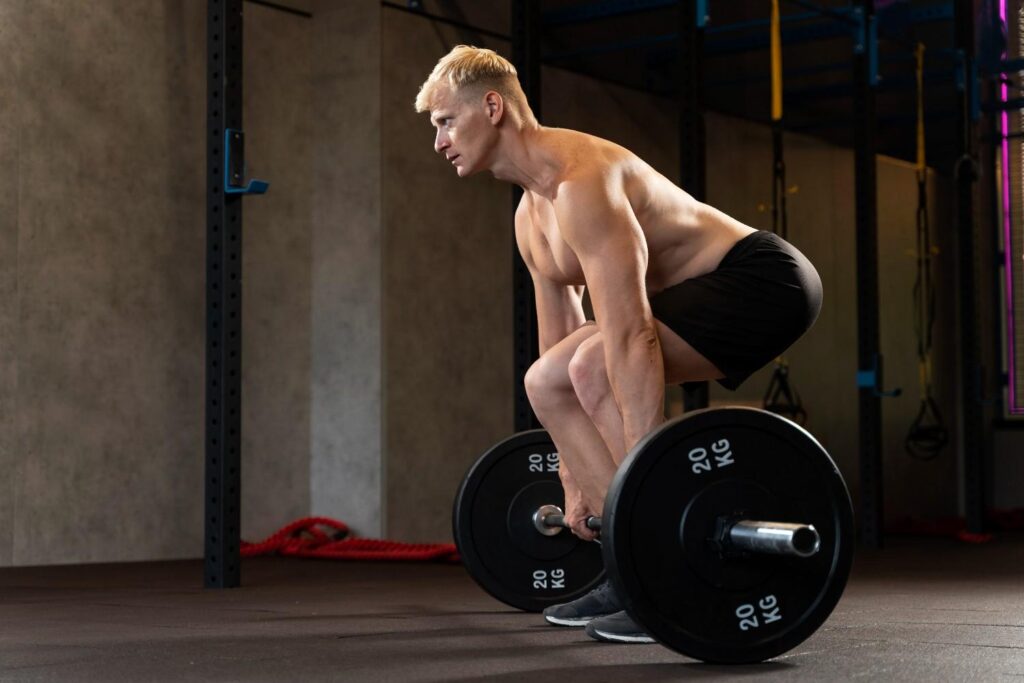
When I first started working out seriously, I believed every sore muscle meant I was on my way to huge gains. I thought that feeling pain while lifting is a signal from your body that you are building muscle. It made sense—no pain, no gain, right? But as I dug deeper into exercise science and spoke with trainers, I realized that the truth is more nuanced. Pain doesn’t always equal progress, and knowing the difference can save you from setbacks.
Is All Pain a Sign of Muscle Growth?
Not exactly.
Muscle soreness often comes from DOMS (Delayed Onset Muscle Soreness), which happens 12–24 hours after intense training. This soreness is linked to tiny microtears in your muscle fibers, which is part of the rebuilding process. In that case, a little discomfort can be a sign that your muscles are adapting and becoming stronger.
But not all pain is good. Sharp, stabbing, or sudden pain usually signals an injury, poor form, or overtraining. Unlike mild soreness, this pain can sideline you if ignored. That’s why it’s important to pay attention to what kind of pain you feel.
How to Tell the Difference Between Good and Bad Pain
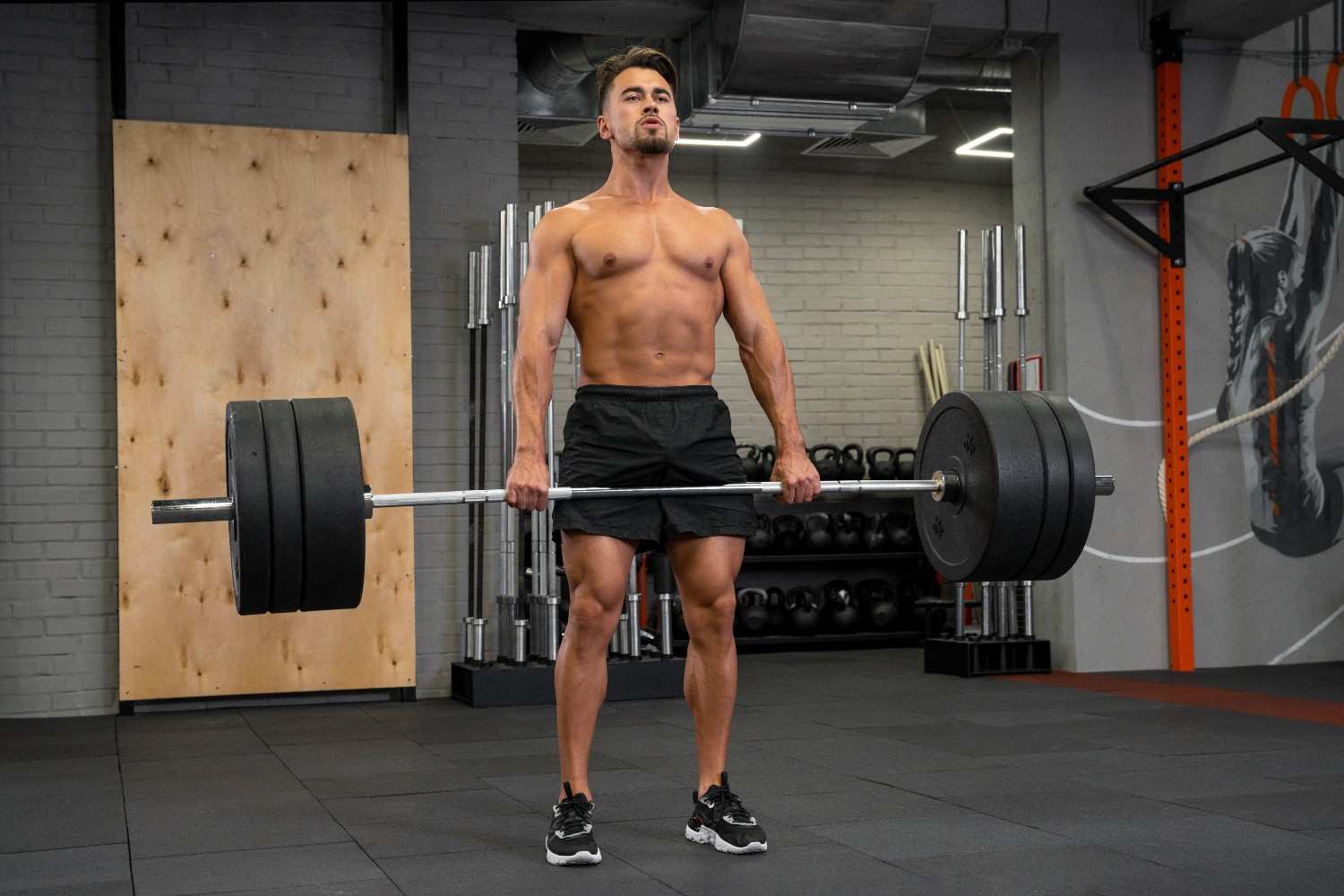
Good Pain (Soreness That Builds Strength)
- Feels dull, achy, and spreads across the muscle.
- Peaks 24–72 hours post-workout.
- Improves with light movement, stretching, and rest.
Bad Pain (Warning Signs of Injury)
- Sharp, stabbing, or localized in joints.
- Appears during the lift, not just after.
- Worsens with movement or lingers for days.
If your pain feels sharp or limits mobility, it’s not the type that builds muscle. It’s your body telling you something is wrong.
Why Muscle Soreness Happens
When you lift weights, your muscles experience eccentric stress—the lengthening under tension phase of an exercise, like lowering a dumbbell during a bicep curl. This creates microscopic tears in the muscle fibers. Your body repairs those fibers, and in the process, makes them stronger and more resilient.
However, soreness is not the only indicator of progress. You can still build muscle even if you don’t feel sore after every workout. Growth depends more on progressive overload (gradually increasing weight, reps, or intensity), proper nutrition, and recovery.
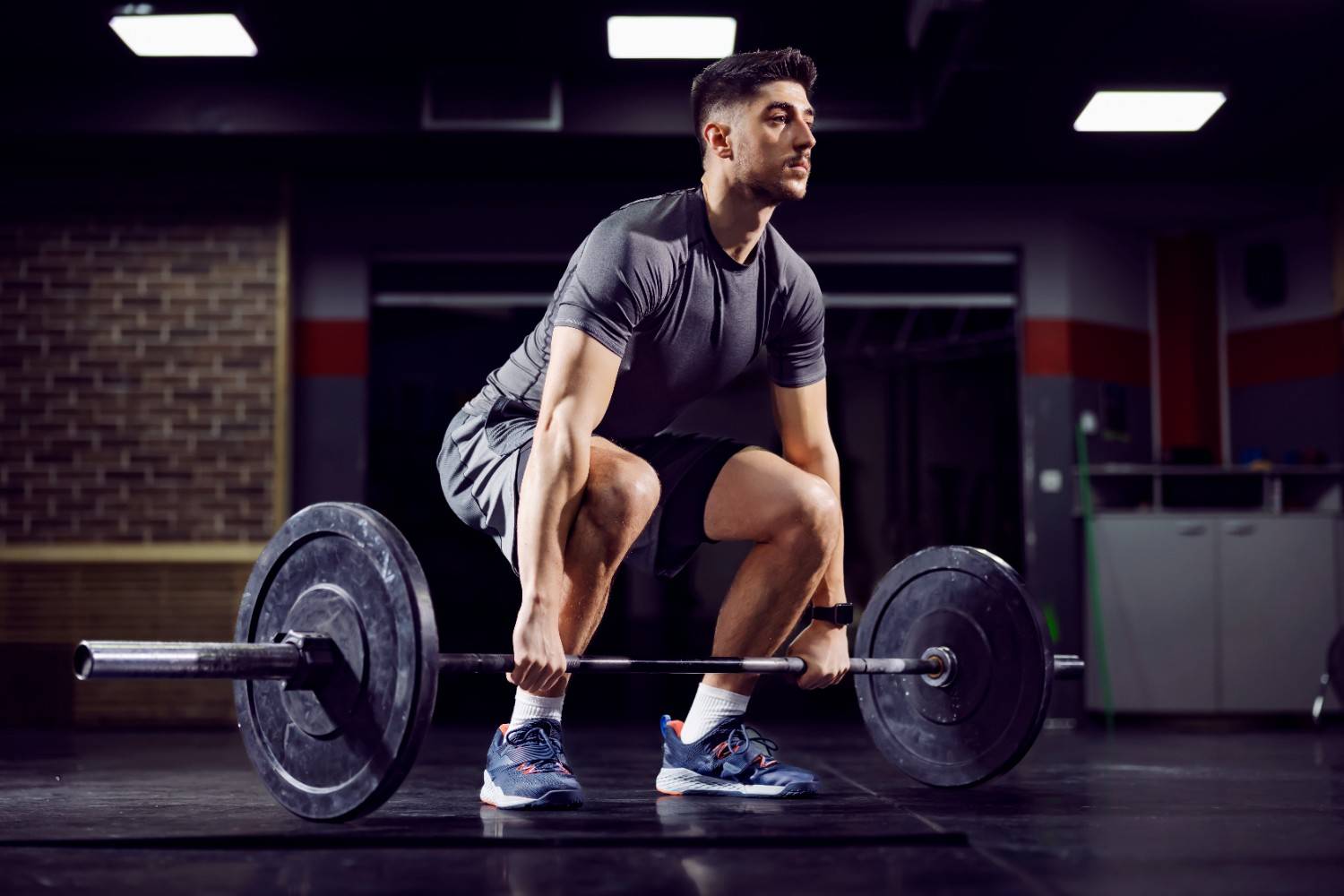
What Should You Do if You Feel Pain While Lifting?
If you feel discomfort during a lift, stop immediately. Pain during movement often means your form is off, the weight is too heavy, or an injury is developing. Here’s how to handle it:
- Check Your Form – Even experienced lifters slip into bad form. Ask a trainer or record yourself to spot issues.
- Adjust the Weight – Too much load too soon is a recipe for injury. Scale back until you can lift with control.
- Rest and Recover – Give your body time to heal. Muscles grow during recovery, not while you’re lifting.
- Seek Medical Advice – If pain persists or worsens, don’t “tough it out.” A sports doctor or physical therapist can help.
How to Prevent Injury and Still Build Muscle
- Warm Up Properly: Start with dynamic stretches and light cardio to increase blood flow.
- Progress Slowly: Add weight gradually instead of making big jumps.
- Incorporate Mobility Work: Stretching and mobility drills help joints move better.
- Listen to Your Body: Consistent fatigue or pain means you may need extra rest days.
Building muscle is a marathon, not a sprint. Ignoring pain can slow you down far more than taking a rest day.
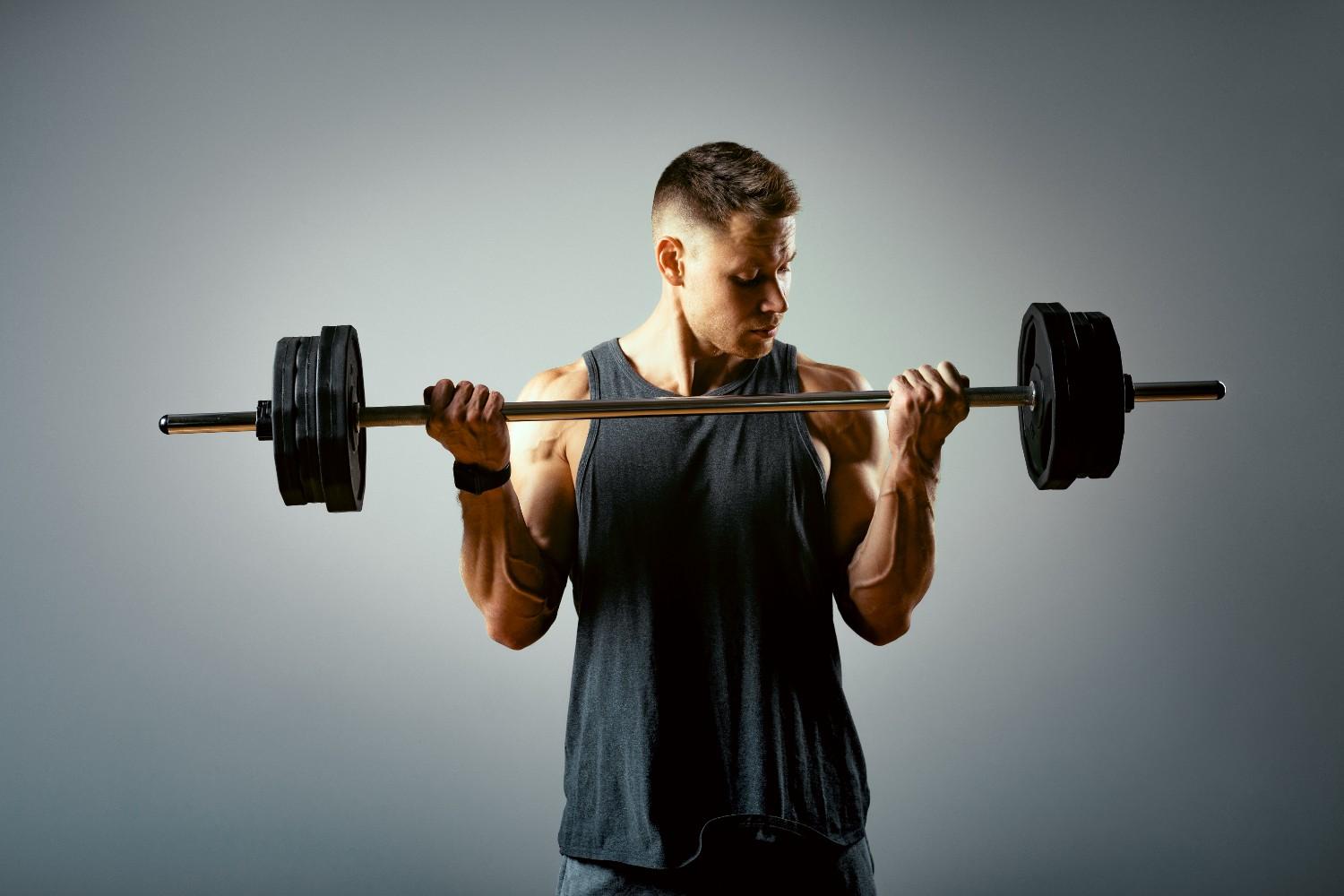
FAQs About Pain and Muscle Growth
1. Does soreness mean I had a good workout?
Not always. Soreness can mean your muscles were challenged, but you can still have an effective workout without being sore. Progress depends more on consistency, form, and progressive overload.
2. How do I know if my pain is an injury?
If the pain is sharp, sudden, or located in your joints, it’s likely an injury. Stop exercising and get it checked if it doesn’t improve within a couple of days.
3. Can I work out if I’m still sore?
Yes, but it’s best to target different muscle groups. For example, if your legs are sore, focus on upper-body exercises. Active recovery like walking or yoga can also help ease soreness.
4. Is it possible to build muscle without feeling sore?
Absolutely. Many advanced lifters experience less soreness as their bodies adapt. Muscle growth relies on progressive overload, nutrition, and recovery, not just soreness.
Final Thoughts: Is Pain Really the Signal of Growth?
While feeling pain while lifting is a signal from your body that you are building muscle in some cases, it isn’t the ultimate truth. Mild soreness can indicate progress, but sharp or lingering pain is a warning sign. The smartest lifters know when to push through discomfort and when to step back. Your body speaks to you—it’s up to you to listen carefully.
